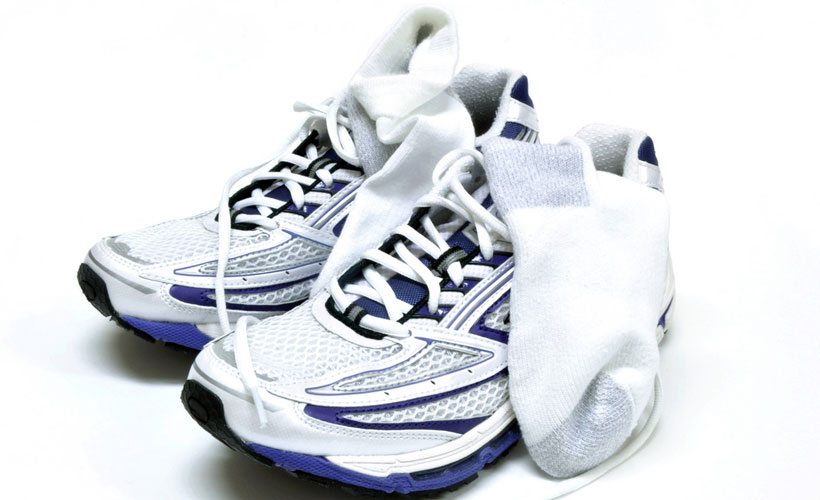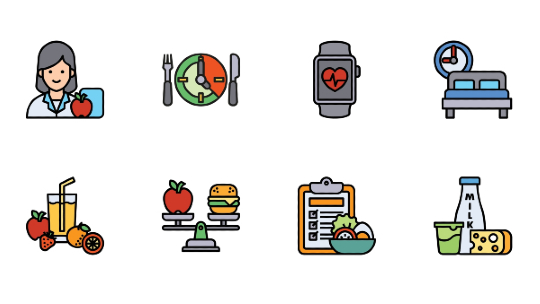Choosing the right shoe can make the difference between a painful injury and a personal record. Here are a few tips for picking the right shoe before your next race.
1. Buy your shoes in the afternoon. Feet are made of living tissue, not concrete. Gravity causes fluid to accumulate in the lowest parts of our bodies, namely our feet. As a result, our feet can swell up to one-half size larger and one width wider between the time we get up in the morning and the end of the day. Trying on shoes at the end of the day, or at least after lunch, assures a better fit.
2. Check the length of the shoe. There should be a thumb’s width (or a half an inch) space between the end of your toes and the end of the shoe to prevent the toenails from banging into the end of the shoes and developing painful bruising under the toenails (runner's nails).
3. Check the width of the shoe. Your feet should not hang over the midsoles of the shoes. If the uppers of your shoes tent against your bunions and other bony prominences, the soft tissue overlying those prominences will become irritated, inflamed and painful. An easy way to check the width of your shoes is to take the insoles out of your shoes, put them on the floor and stand on them. If your feet hang over the sides of the insoles, the shoes are too narrow. You may want to select a running shoe with wider widths, such as New Balance, Saucony or ASICS Gels, or purchase one with a more rounded, roomier toebox, such as Brooks. Don't be afraid to go up a half size or an extra width or two; there are no industry standards and shoe sizes differ for every company.
4. Never “break in” shoes. If a shoe hurts when you put it on, the pain will only get worse until you "break it in" (tear the upper) or throw it away. A proper-fitting shoe should be comfortable from the moment you put it on until the moment you "retire" it. You should never get talked into buying a tight, ill-fitting shoe.
5. Socks.  Wear the thickest socks you usually wear during your workouts when trying on shoes. If the shoes fit with your thickest socks, they will fit with your thinner ones as well. Try to stay away from the nasty "sock box," the box containing the socks other customers have used to try on shoes. The socks are not only dirty but they're probably worn out as well.
Wear the thickest socks you usually wear during your workouts when trying on shoes. If the shoes fit with your thickest socks, they will fit with your thinner ones as well. Try to stay away from the nasty "sock box," the box containing the socks other customers have used to try on shoes. The socks are not only dirty but they're probably worn out as well.
6. Arch supports. If you wear athletic insoles or custom-molded foot orthotics, bring them with you when you go shoe shopping. The appliances take up space in the shoes and may crowd the fit. If your appliances are full-length (run the entire length of the shoe), make sure to remove the factory-supplied insoles that comes with the shoes to prevent overcrowding when you’re trying on the shoes.
7. Wear the shoes in the store for at least five minutes. Since feet swell and expand with gravity, activity, heat and dietary salt intake, you should wear your shoes in the store for at least five minutes to allow your feet to adjust to them. If they "pinch" you, go up half a size or a wider width.
8. Wear your purchased shoes indoors for at least one week. Once shoes hit pavement, they are considered "worn" and cannot be taken back. You should be happy with the shoes before you wear them outside.
9. General trends. There are many confusing, contradictory concepts regarding shoe design and running: minimalist versus maximalist, training flat versus racing flat, motion control, anti-pronation, etc. But here is my opinion and recommendation for running shoes: Anti-pronation shoes prevent excessive plantar arch pronation (excessive arch collapse) by having more arch support, which means more material supporting the foot and more weight for the shoe while lightweight shoes have minimal arch support, minimal material and less weight. I tend to recommend the use of more supportive shoes for heavier runners, novice runners, runners with "bad feet" (already present injuries), and longer runs. Lighter, less supportive running shoes should be reserved for shorter runs, speed workouts and race days.
Generally, these tips should apply whether you’re looking for tennis shoes, aerobic shoes, or any other kind of athletic shoes. If you need more help or have questions, consult your podiatrist or sports medicine specialist.
Dr. David Y.S. Yee is a board-certified podiatrist in private practice in Honolulu. He is on the medical staff of Straub Clinic and Hospital, and his areas of practice interest include diabetic foot care, shoe fit and design, patient education, and foot orthotics therapy.




